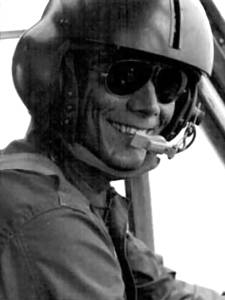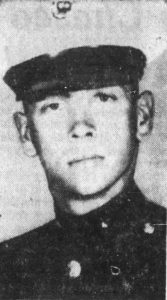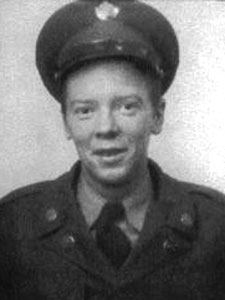
Michael Davis O’Donnell, age 24, from Springfield, Illinois, Sangamon county.
Service era: Vietnam
Date of death: March 24, 1970
Death details: On February 15, 2001, Joint Task Force-Full Accounting (JTF-FA, now DPAA) identified the remains of Major Michael Davis O’Donnell, missing from the Vietnam War.
Major O’Donnell joined the U.S. Army from Illinois and was a member of the 170th Aviation Company. On March 24, 1970, he was the aircraft commander aboard a UH-1H Iroquois on a mission to extract a long-range reconnaissance patrol in Ratanakiri Province, Cambodia. The aircraft picked up the recon team and was beginning its ascent when it suffered an explosion that caused it to crash. Major O’Donnell was killed in the incident. Heavy enemy presence in the area prevented ground investigations of the UH-1H’s crash site at the time. In April 1995, a U.S. search team recovered remains associated with the loss of MAJ O’Donnell’s helicopter. In 2001, advances in forensic techniques allowed for some of the recovered remains to be identified as those of MAJ O’Donnell.
Source: National Archives, Defense POW/MIA Accounting Agency


